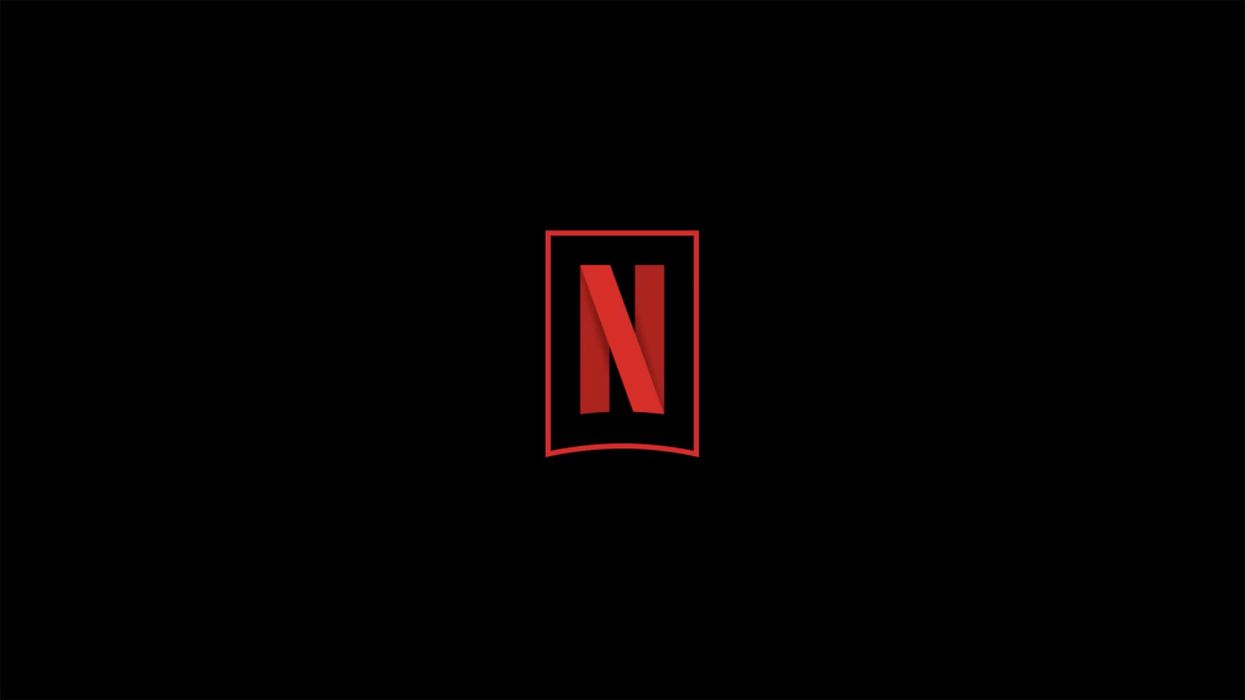
Everything You Need To Know About Netflix's Ad Tier
When Netflix debuted in the early 2000s, it was a DVD-ordering service that became a pioneer in streaming. It was amazing to be able to just press play on your computer or TV, and stream a movie at home. As Netflix evolved, it felt like they were constantly bucking the system. They had 4K streaming, they were putting out new, huge movies, and more.
But recently, Netflix has felt a lot like cable TV. They debuted a tier that was driven by ads, like normal television. Now, they're prioritizing that tier over all others on their platform, basically recreating cable again.
Netflix has gotten rid of its $9.99 commercial-free plan and now will just have the $6.99 advertising plan, the $15.49 ad-free plan, and its $19.99 premium plan.
What this does is take out a cheaper ad-free option and push people toward that ad tier.
Many have theorized that this is Netflix's first step into becoming another ad-driven network. There's so much money in that area that they're capitalizing on. When Netflix gets into the live sports business, they'll probably want ads during those programs to balance out the cost and capitalize on what people are watching.
These are all speculations, but given that the only ad-less versions of the streaming service are either double or triple the ad-tier cost, it does seem like they're driving people away from those options.
But with ads comes a whole new set of questions...
Will Netflix give advertising companies accurate numbers on who is watching what and charge them more to be advertisements on more popular shows? If those numbers are available, could the WGA, SAG-AFTRA, and the DGAask for residuals based on the number of people enjoying their hard work, especially if Netflix is profiting more on it?
Of course, the WGA and SAG-AFTRA are on strike for this very reason right now with no end in sight.
We'll keep you updated as this develops.











